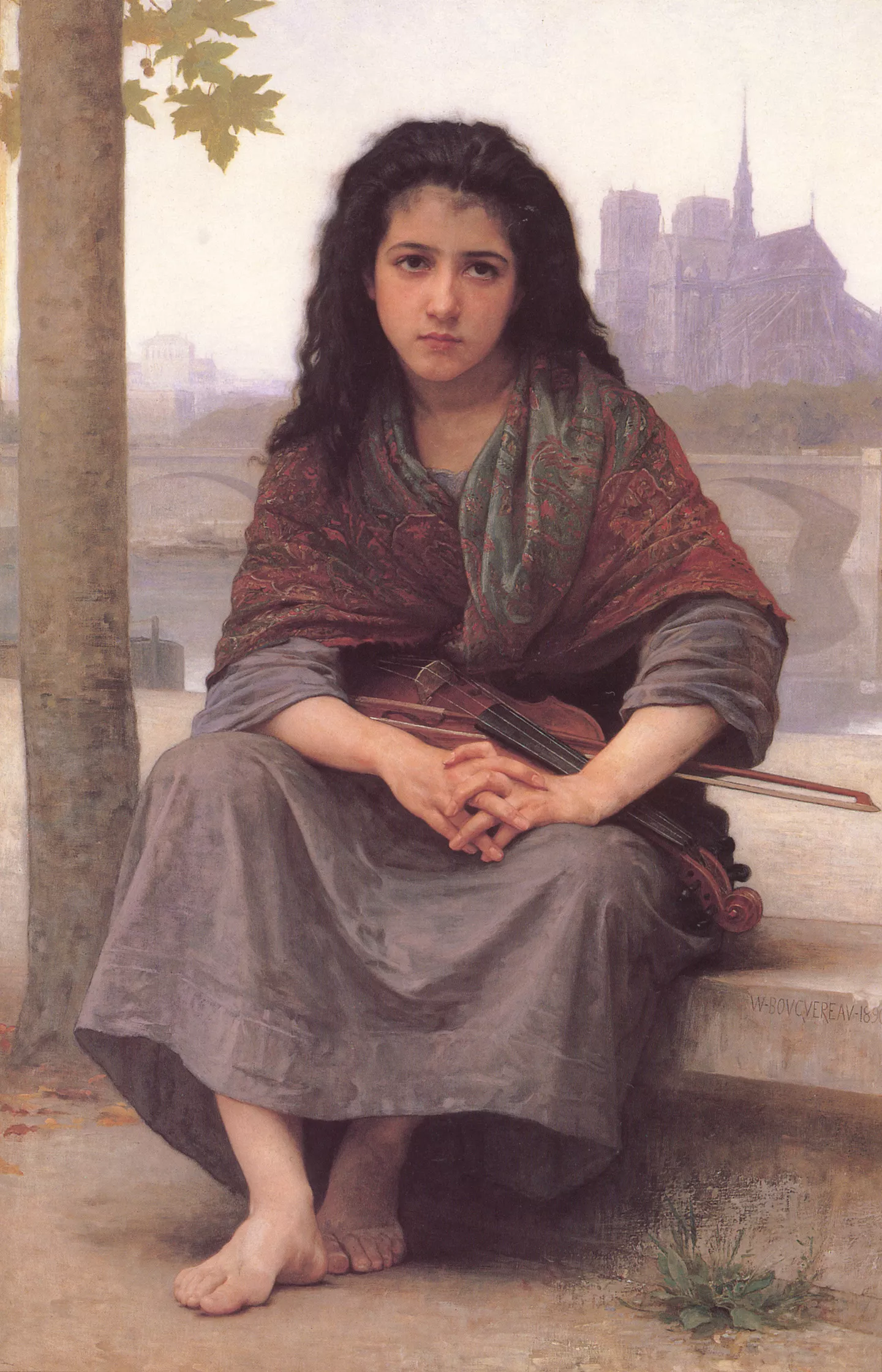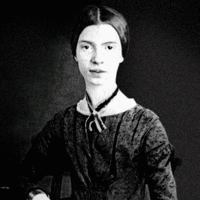
Life XXVII. I'm nobody! Who are you? (288)
"I'm nobody! Who are you?" by Emily Dickinson
At school, being popular sometimes seems like the most important thing in the world. We often think that being the center of attention would be fantastic — like being a famous movie star or athlete.
That's what Jesse Aarons thinks in Bridge to Terabithia until he meets Leslie Burke. Yet the speaker in Emily Dickinson's poem, "I'm nobody! Who are you?" readily admits to being an outsider. What's more, she even seems to like it. She says it would be "dreary" to be "somebody."
Is she crazy? Who would want to be an outsider?
Think about it for a moment. Who would really want to be an insider?
As an outsider, a "nobody," the speaker is not forced to be "public." She does not have to face the scrutiny or disapproval of people who are likely to be jealous of her popularity. She does not have to play games, put on an act, or keep trying in order to be a somebody. She can be herself and be comfortable.
What's more, she is not alone.
What Does It Mean?
The poem's first stanza tells how the speaker meets a fellow "nobody" — a friend. Together, the two nobodies can enjoy each other's company and their shared anonymity.
As a pair, they aren't really nobodies anymore. That's why the speaker says, "Don't tell! / They 'd banish us, you know." She understands that once you have another "nobody" at your side, you aren't really a "nobody" anymore. And she doesn't want to be banished or kicked out from what she sees as a society of nobodies.
She's comfortable there.
In the second stanza, the tone of the poem changes. The speaker sounds confident. Perhaps it is her discovery that there are other people like her — other "nobodies"— that makes her feels strongly that being a "somebody" isn't such a great idea.
She realizes that having a friend who understands you and accepts you as you are is more important than being admired by a lot of people or being in the "in" crowd.
Bogged Down
In the poem's second stanza, the speaker also makes a strange comparison. She says that being a somebody is like being a frog. What does this simile mean? Aside from Kermit, there aren't many celebrity frogs around.
Why does the speaker choose that amphibian as her representative of a public creature?
It's because frogs make a lot of noise. The poem says that frogs, though they can croak and make themselves heard and be noticed, are noticed only by "an admiring bog." The bog is the frog's environment, not the frog's friend. So who cares what the bog thinks?
That's what the poem says about being a "somebody" who gets noticed by an admiring public. Frequently, the relationship is impersonal and distanced, not like a real friendship. Somebodies may have many admirers, but they might not be able to make those personal connections that real friendship offers.
This special connection between two people who consider themselves outsiders is mirrored in Jesse and Leslie's friendship in Bridge to Terebithia. Jess and Leslie are "nobodies" who realize that being just like everyone else would be boring and would diminish their individuality. In the words of Dickinson's poem, it might be said that Jess and Leslie learn that it would actually be quite "dreary to be a somebody!"
Being "nobodies" helps them find each other.
Dickinson's Life
When composing "I'm nobody! Who are you?" it is likely that Emily Dickinson was writing from the heart. She was one of American literature's most reclusive figures. Apart from one trip to Philadelphia, one trip to Washington D.C., and a few trips into Boston, Dickinson spent almost her entire 56 years in her hometown of Amherst, Massachusetts. After she turned 40, she never left the boundaries of her family's property in Amherst.
This unusual life helped Dickinson to feel a bond with people who see themselves as being outsiders and unimportant. Yet, to think of her as a friendless hermit would be incorrect. In fact, the poet had a small number of intense and lasting friendships. These important relationships demonstrate the main idea expressed in "I'm Nobody": Companionship is the best remedy for a feeling of exclusion.





























